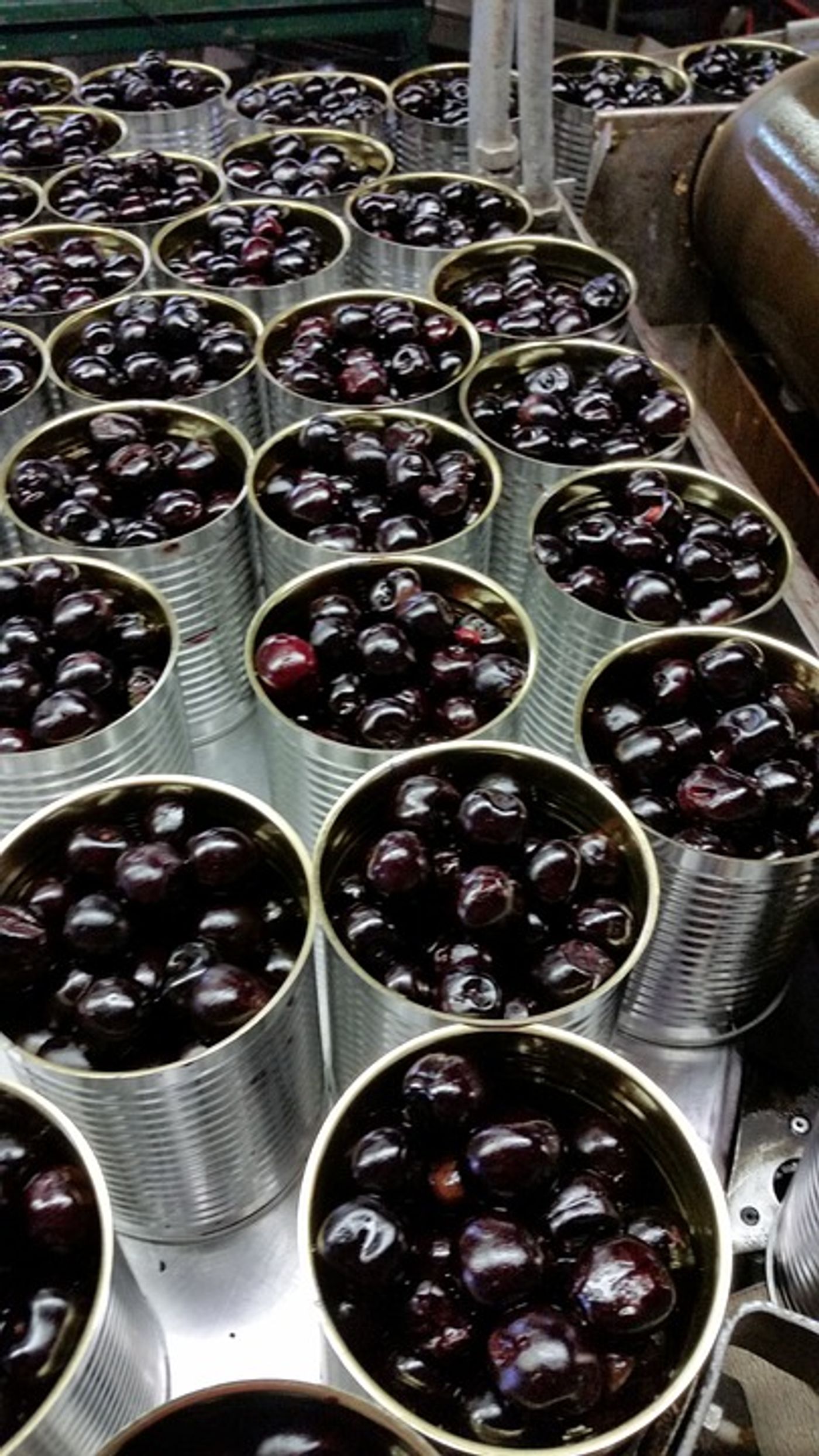Do you like your produce bacteria-free?
Researchers from Texas A&M University have developed a hydrophobic dual functionality coating that can be applied to food-contact surfaces in order to prevent cross-contamination between fresh produce. Their findings are published in the journal ACS Applied Materials & Interfaces.
There is a lot of transfer that goes into bringing your fresh produce from the farm to the grocery store. Food-contact surfaces like conveyor belts, rollers and collection buckets are often breeding grounds for harmful bacteria and microorganisms that can spread food-borne illnesses. While there are already mechanisms in place to prevent indirect transmissions, such as antimicrobial surface coatings and antifouling polymer surfaces, these strategies lose their effects over time.
"Consuming contaminated raw foods causes hundreds of people to get sick annually, and so food contamination is not only a huge health concern but is also a significant economic burden," said Mustafa Akbulut, associate professor in the Artie McFerrin Department of Chemical Engineering. "In our study, we show that our new dual-function coating -- one that can both repel and kill bacteria -- can greatly mitigate bacterial spread, averting cross-contamination."
The key to this dual functionality coating is that it is both germicidal and water-repellant.
"Most bacteria can only survive in an aqueous environment," said Akbulut. "If surfaces are superhydrophobic, then water, and along with it most of the bacteria will be repelled away. With fewer bacteria around, fewer germicides are used up, increasing the overall lifetime of the coating."
The coating is composed of an aluminum sheet with a thin layer silica and lysozyme, which is a naturally occurring germicidal protein found in tears and egg white. On a microscopic level, this layering gives the coating a rough texture, making it extremely hydrophobic.
The researchers showed that the coating was 99.9% more effective at eliminating Salmonella typhimurium and Listeria innocua than bare surfaces. With this as their first step, they hope to continue developing dual functionality coatings that are longer-lasting and do not require re-application.
"Our goal is to create smart surfaces that can avert any kind of pathogen from attaching and multiplying," Akbulut said. "In this regard, we have developed surface coatings that can prevent bacteria from collecting on surfaces, which is one of the major reasons for cross-contamination. We are now working with researchers in agriculture to take our invention from bench to practice."









